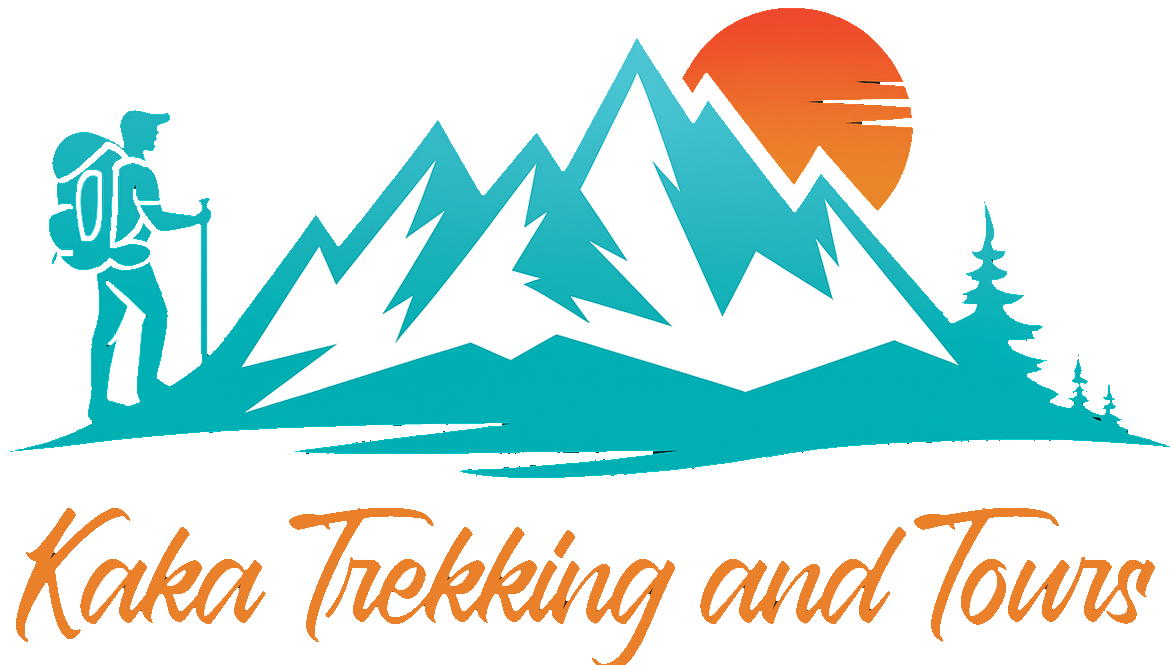Leading Trekking and Adventure Agency Since 1997
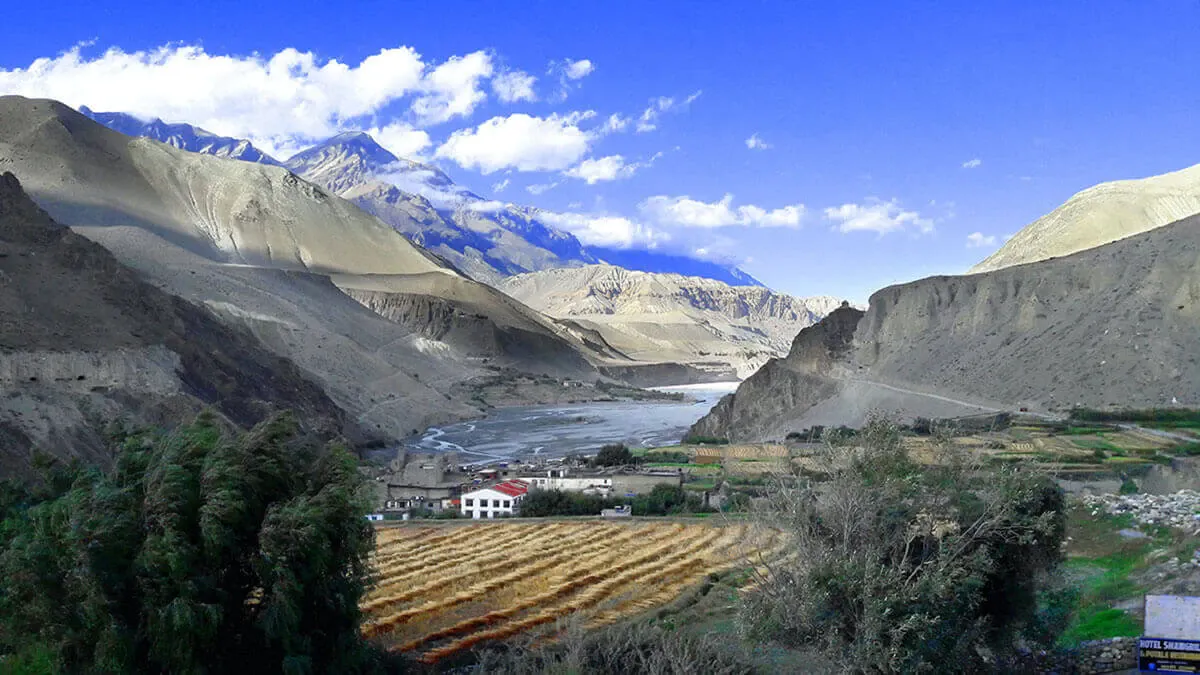
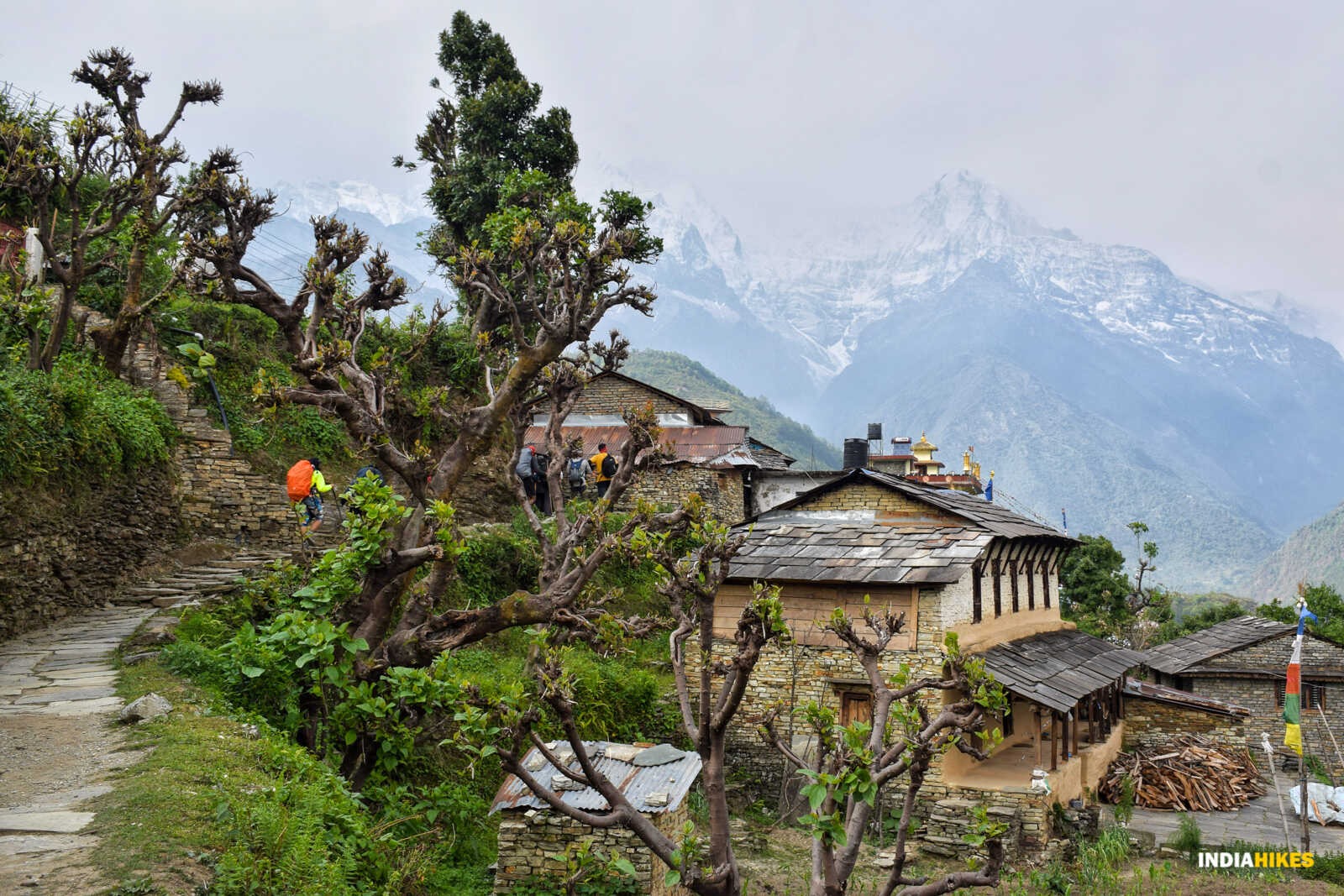
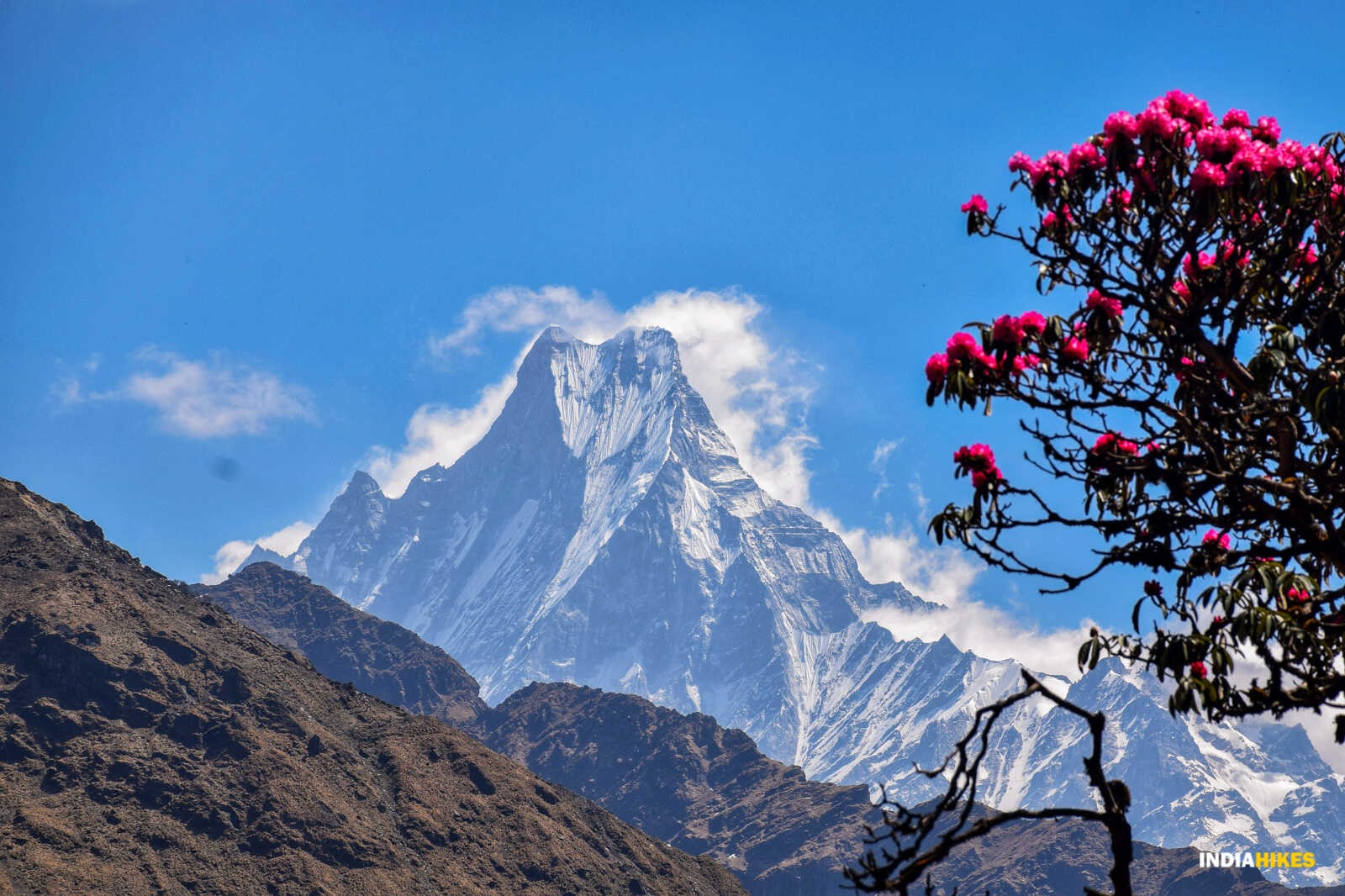
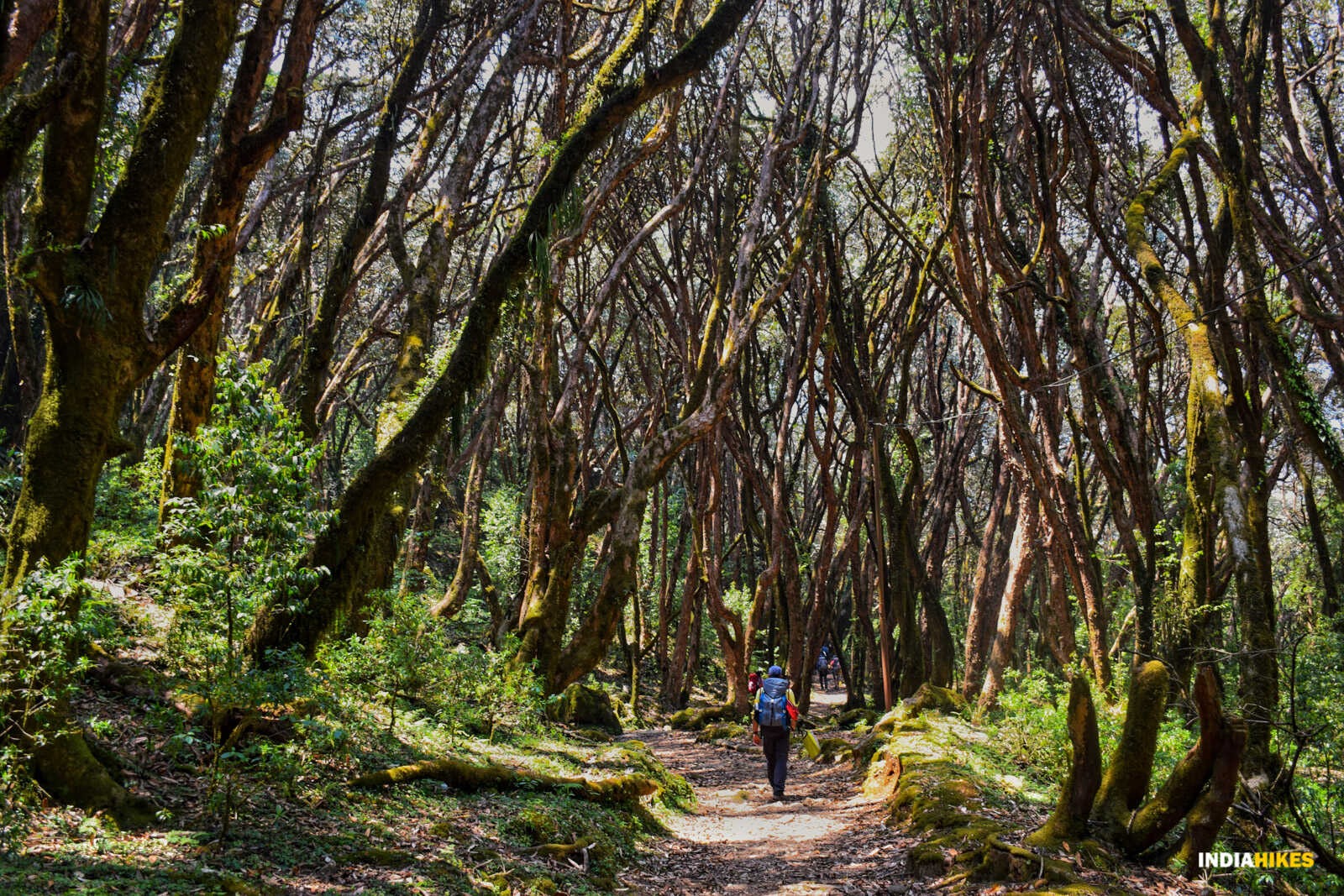
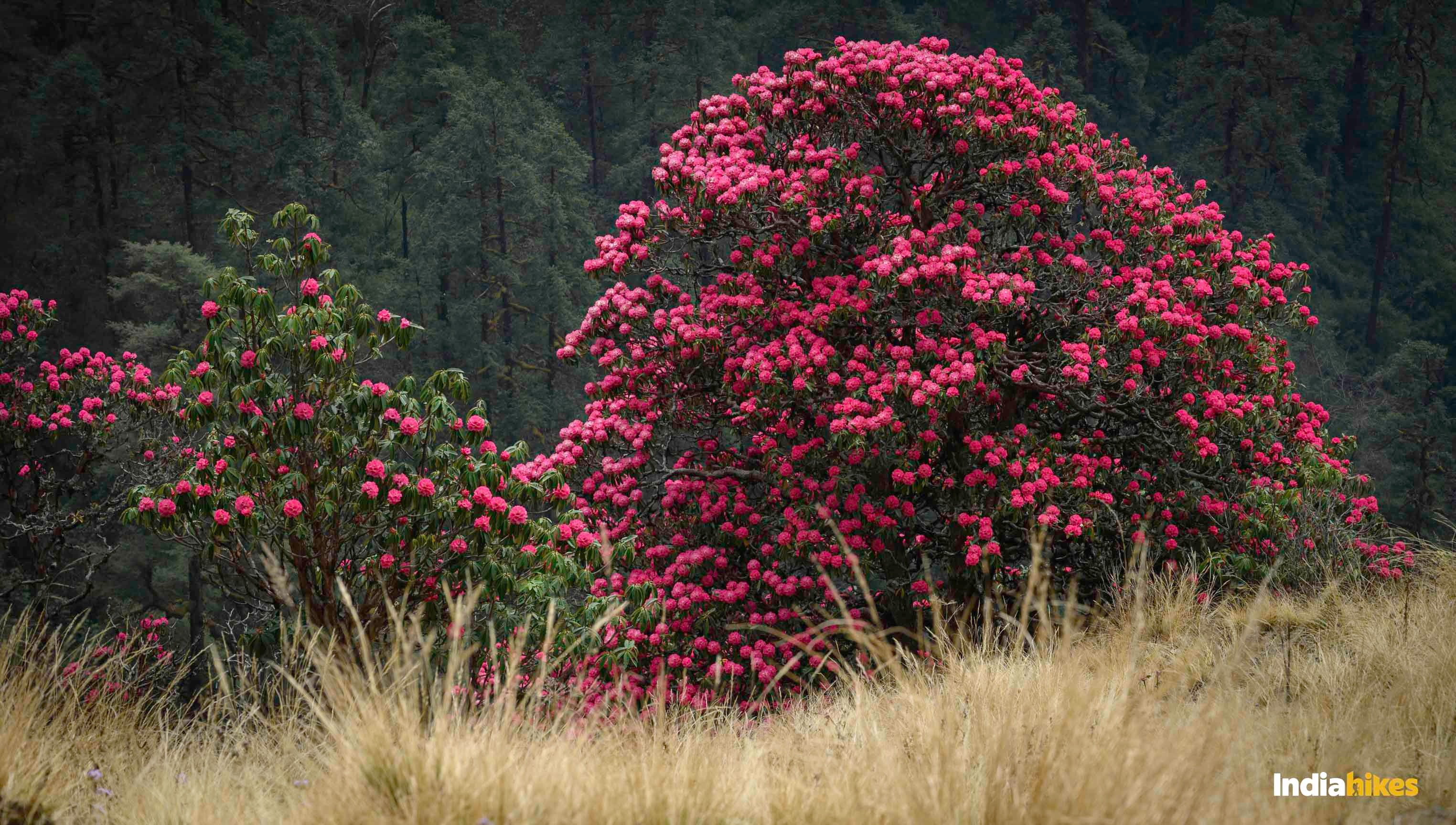
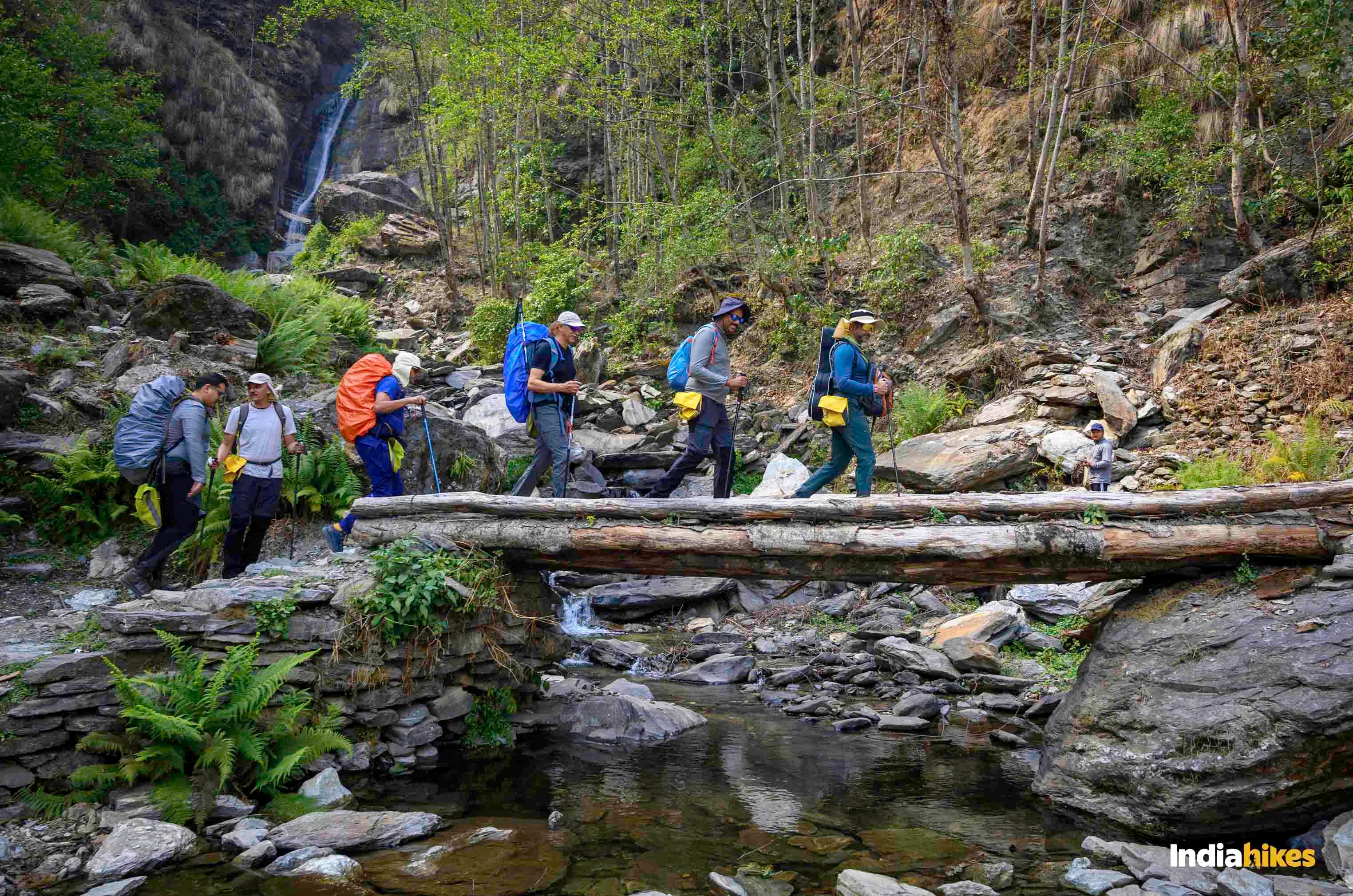
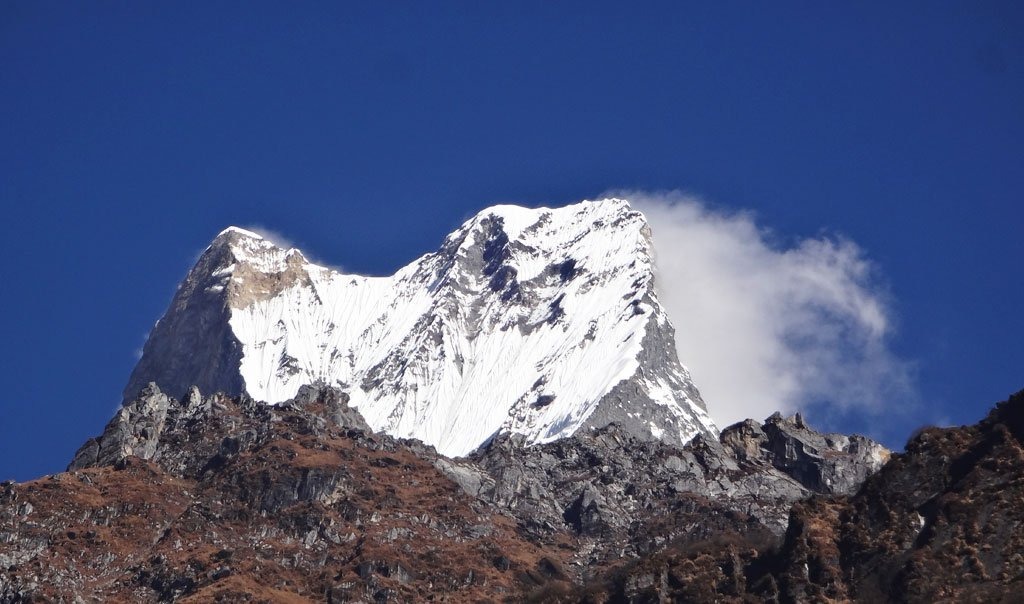
The Khopra Ridge Trek is an off-the-beaten-path adventure in Nepal's Annapurna region, offering stunning views, cultural immersion, and a peaceful trekking experience away from the crowds. This moderate trek combines alpine meadows, dense forests, and panoramic mountain vistas, culminating in a visit to the sacred Khayer Lake.
.jpg)
The trek is moderate to strenuous, with daily walks ranging from 4 to 8 hours. The most challenging day is the optional hike to Khayar Lake (4600m). A good fitness level is recommended.
Prior experience is not required, but it helps. This trek is suitable for both first-time trekkers and experienced hikers, as long as you're in good health and reasonably fit.
Spring (Mar–May): Rhododendron blooms, clear views Autumn (Sep–Nov): Stable weather, best mountain visibility Winter (Dec–Feb): Cold but fewer crowds (snow likely at higher altitudes)Monsoon (Jun–Aug): Not recommended due to rain and leeches
Annapurna Conservation Area Permit (ACAP)TIMS card (Trekkers’ Information Management System)These are usually arranged by your trekking agency.
Yes, especially above 3000m. The trek is well-paced to allow for gradual acclimatization, but you should stay hydrated, avoid alcohol, and notify your guide if you feel symptoms like headache, nausea, or fatigue.
Tea houses and community lodges are available along the route. Rooms are usually twin-sharing, with basic beds, shared toilets, and simple meals like dal bhat, noodles, and soups.
Some lodges offer limited charging (solar or generator-based) for a small fee. Wi-Fi is available in select areas, but expect it to be slow or unavailable, especially at higher altitudes like Khopra Ridge.
You’ll get 3 meals a day (breakfast, lunch, dinner) included in most packages. Options usually include dal bhat, pasta, soups, momo, porridge, eggs, and tea/coffee.
Trip Style: 251
Trip Duration: 9 Days
Group Size: 2
Accomodation: 2
Package: 2
Note: 2
Destination: 1
Max Altitude: 2
Trek Type: 20
Meals: 2
Total Trip: 2
Trip Type: 2
Grade: 2
Highest Altitude: 2
Trip Code: 1200
Duration: 2
Primary Activities: 2
Arrival City: 2
Departure City: 2
Best Season: 2
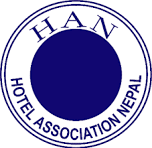
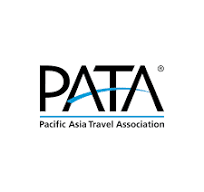
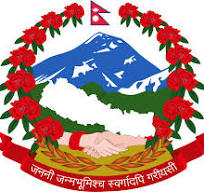

.jpg)
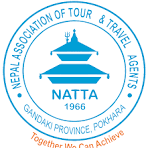
.jpg)
.jpg)
.jpg)
© 2025 Kaka Trekking Travels & Tours Pvt. Ltd. All rights reserved.
Powered by: Nectar Digit
© 2025 Kaka Trekking Travels & Tours Pvt. Ltd. All rights reserved.
